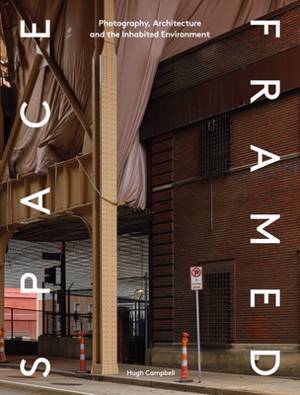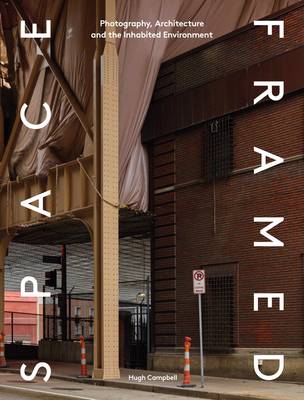
- Afhalen na 1 uur in een winkel met voorraad
- Gratis thuislevering in België vanaf € 30
- Ruim aanbod met 7 miljoen producten
- Afhalen na 1 uur in een winkel met voorraad
- Gratis thuislevering in België vanaf € 30
- Ruim aanbod met 7 miljoen producten
Zoeken
€ 80,45
+ 160 punten
Omschrijving
Just as architecture seeks to frame and shape human activity in a given setting, photography has recourse to similar devices of framing and "constructing." Taking the point of view of the photographer engaging with some aspect of the designed and inhabited environment, this book examines the relationship between architecture and photography. A series of essays focus on the resonances and relationships which the photographer realizes between the techniques and the products of photography on the one hand, and the characteristics and processes of buildings and terrains on the other. The book reveals the resonances and rhymes between the two as they occur at different scales, at different times, and in different settings. There is an overarching focus on constructed space-from cities and landscapes to the single anonymous-and the question of how it is inhabited. Thus, the photographs examined become vehicles for thinking about the co-existence between individuals, social groups, their surrounding spaces, and settings in the city and the landscape. By focusing on questions of technique and practice on the one hand, and on the formal and aesthetic qualities of photographs on the other, it opens up new ways of looking at and thinking about architecture, and how we relate to our cities and landscape. Beautifully illustrated with photographs mostly, but not exclusively, from America, the book follows a chronological order, spanning from the early decades of the 20th century to the present.
Specificaties
Betrokkenen
- Auteur(s):
- Uitgeverij:
Inhoud
- Aantal bladzijden:
- 240
- Taal:
- Engels
Eigenschappen
- Productcode (EAN):
- 9781848222731
- Verschijningsdatum:
- 1/12/2020
- Uitvoering:
- Hardcover
- Formaat:
- Genaaid
- Afmetingen:
- 198 mm x 257 mm
- Gewicht:
- 907 g

Alleen bij Standaard Boekhandel
+ 160 punten op je klantenkaart van Standaard Boekhandel
Beoordelingen
We publiceren alleen reviews die voldoen aan de voorwaarden voor reviews. Bekijk onze voorwaarden voor reviews.











